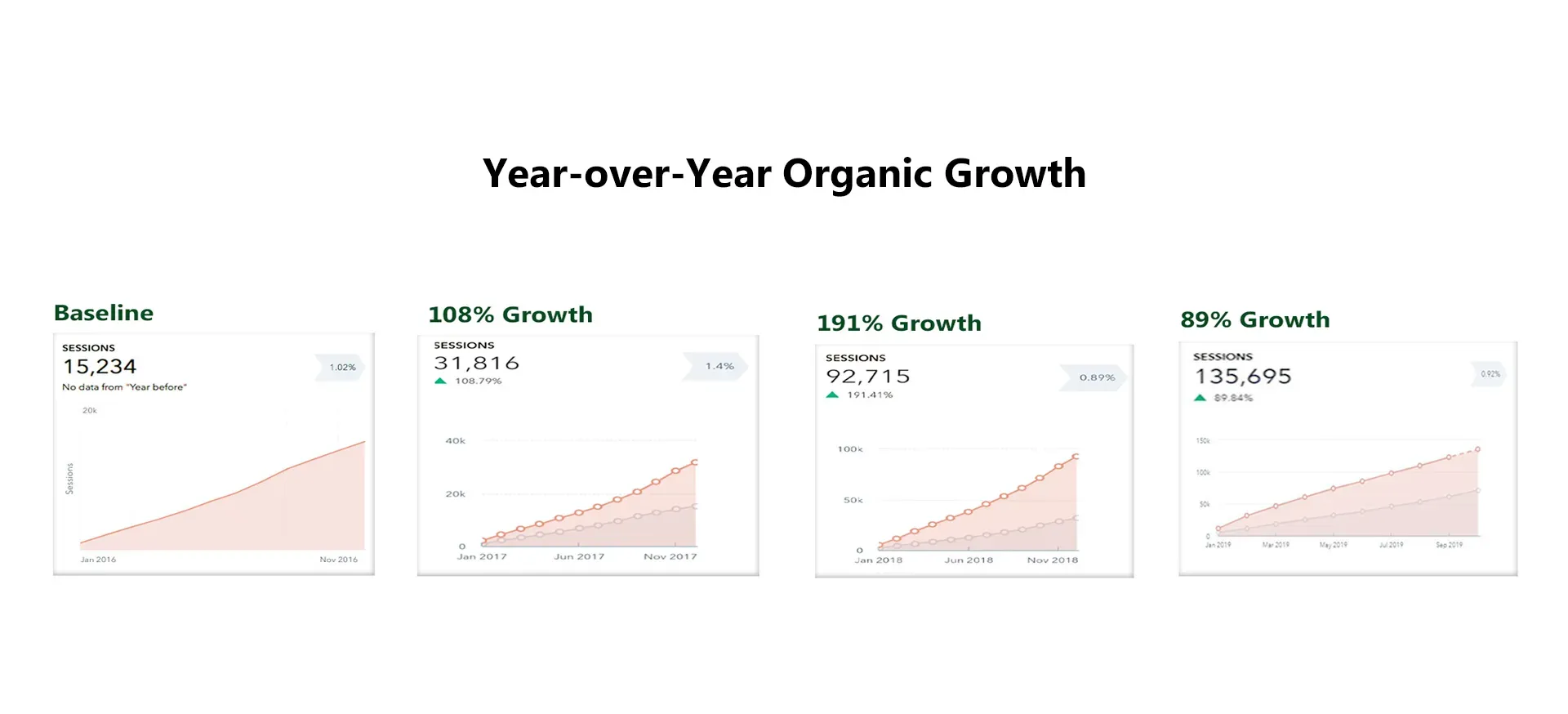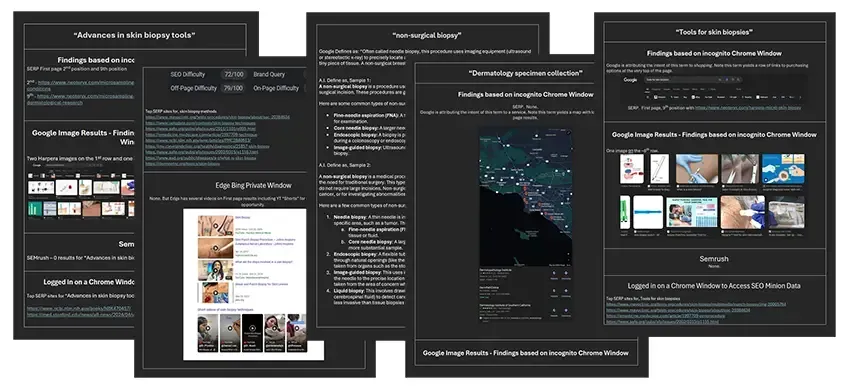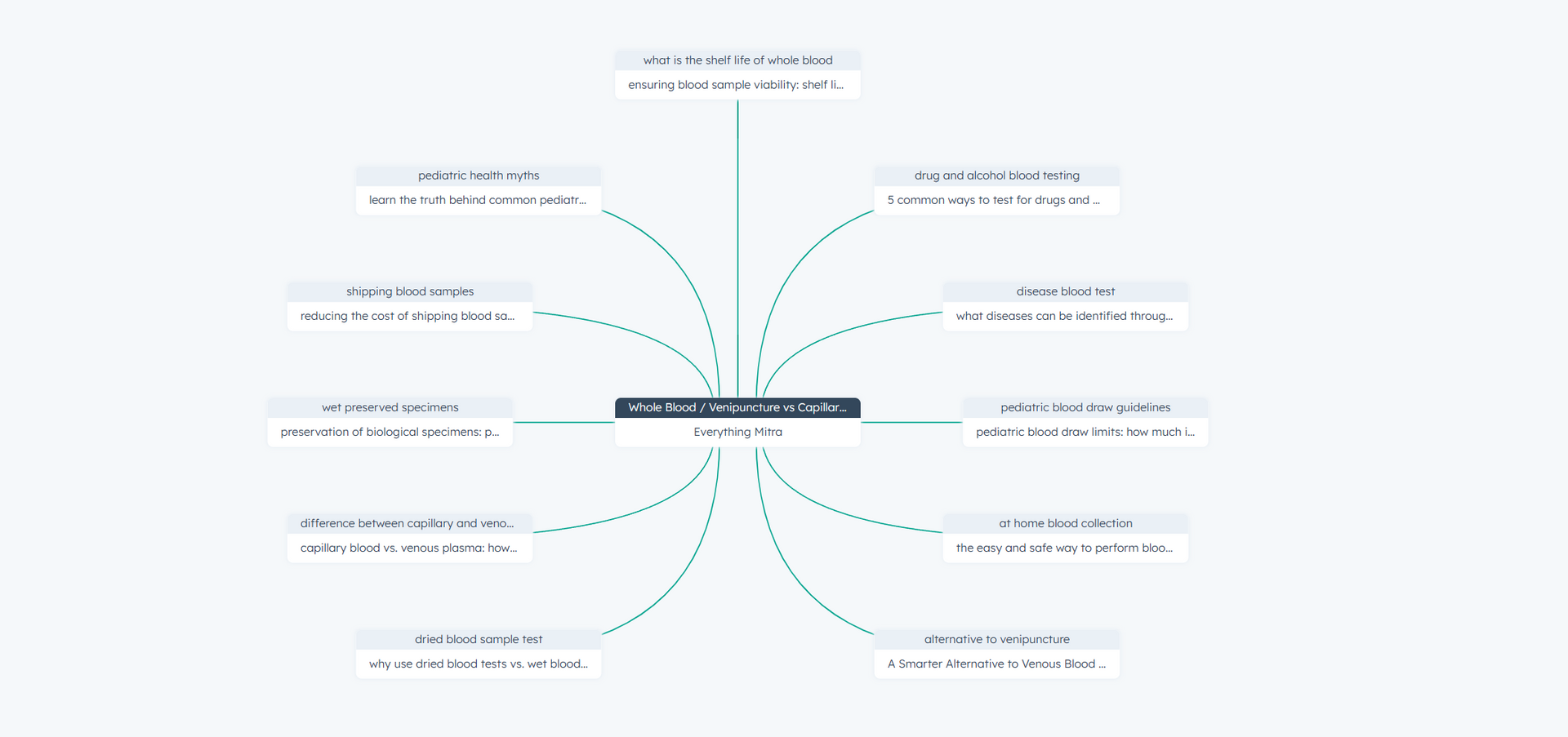Joseph R. Cashman is a digital marketing consultant with 20+ years of experience assisting nonprofits, startups, and established brands. As the founder of DigiM Consulting, he specializes in SEO, strategic content, and analytics-driven solutions. Joseph combines creativity with technical expertise to create user-focused websites and effective marketing strategies.
Neoteryx, has been a part of my life for almost a decade. I was hired as a full-time employee back in 2016, tasked with the challenge of increasing the visibility of their MITRA blood microsampling device.
A challenge enough of it own but made particularly difficult since this was during the time of the Theranos scandal, an important factor, which negatively impacted public perception and trust in microsampling devices. The fallout from Theranos's failure further diminished search interest in innovative blood microsampling technologies.
Despite these challenges, I embraced the opportunity. My initial SEO research yielded a SERP opportunity for the term blood collection + method(s). A peripheral term but nonetheless a meaningful driver for organic search visits.
To this day, this eight year old
blog is still a top 10 performer for organic traffic. Along with technical SEO optimizations and plenty of 3rd party validations that proved the validity of
VAMS technology we were able to make a significant impact year-over-year.

From 2019 to 2021, I took a hiatus from Neoteryx, to focus on my consulting business. However, by 2021, I resumed my collaboration with them, but this time as a Digital Marketing Consultant but with similar objectives:
- Optimize website structure and enhance user engagement
- Elevate digital visibility
- Boost keyword rankings and organic traffic
By 2021 Neoteryx had also become part of the TRAJAN family and their was a new microsampling kid-on-the-block, the Harpera™ Microbiopsy™ Punch. This innovative device provides a minimally invasive method for collecting skin samples for modern molecular research. However, similar to the Mitra device, the market was largely unaware of the Microbiopsy option, resulting in little to no search query volume.
The Microbiopsy Revolution No-One Knew About
Penetrating through the competition of SERP is a complex puzzle, that keeps getting more nuanced over time. And like the my first go round with a microsampling product, the Harpera Microbiopsy Punch was another device that no one was looking for.
So again I had to resort to extensive keyword research to find peripheral terms to target. The strategy here is to create content for search terms that have search volume in order to present the HARPERA tool as a alternative/novel solution to existing market place problems/questions.
Samples of Indirect but relevant terms:
- leishmaniasis research
- biopsy complications
- face skin biopsy
- skin biopsy procedures
If you are fortunate enough to have a large marketing budget, new product launches are usually supported by expensive awareness campaigns. However, when your budget is in the thousands rather than the hundreds of thousands, you need to be strategic.
So, another aspect of my SEO efforts was to understand what keywords to target and what keywords NOT to target. This type of research helps generate a list of target keywords for paid search campaigns.
This approach ensures that you don’t waste your budget on terms for which you're already receiving organic traffic from. Furthermore, this analysis will help identify future content development opportunities based on data rather than speculation.
Key aspects of the Report include:
- Client meetings to compile a relevant list of keywords and long tail keywords to investigate
- Image search results
- AI Search results
- SEMrush Keyword Volume Metrics (if any)
- SEO minion data
- keyword analysis
- Chrome versus Edge SERP

Lastly, SEO research like this helps uncover a variety of tactical data, like understanding how Search "thinks" about certain terms, e.g., preferring to show Map results versus Shopping results helping you refine your strategy.
SEO Cluster Audit and Restructuring
For the majority of my time with Neoteryx, there has always been a content manager /copywriter on staff. However, in this era of AI, that position is no longer in place. As a result, I have been able to conduct a comprehensive and unobstructed audit of Neoteryx's Content.
This lead to a complete overhaul of the SEO clusters within HubSpot. The objective of the redesign was to properly re-categorize blogs around appropriate themes / Pillar pages. The strategy / logic behind this type of content structuring is too long winded and nuanced to explain, so I'll just focus on few principals.
Strategic Content Optimizations
The Neoteryx blog was massive by the time I audited it. Consisting of hundreds and hundreds of blogs. So, for the sake of efficiency I ran a top 100 blogs for the year report to prioritize the top performers for the SEO Clusters.
I then started to parse out the content into themes, so for example many blogs centered around the idea of replacing traditional venous blood draws with finger prick microsampling.
Another important aspect of this type of audit also included eliminating competing content, meaning blogs that were in competitions against each other, e.g., multiple blogs about the expensive cost of shipping cold-chain / biohazard blood samples versus mailing dried micro-blood samples via standard mail.
This process involved a comprehensive analysis of all similar blogs and a restructuring of content. By removing original content from each blog and then consolidating it into one "master blog" focused on X subject matter. This then allows for a minimization of competing blogs.
Canonical URLs are then pointed to the master blog; effectively establishing a preferred blog for search engine results pages (SERPs). This important because having multiple competing blogs confuses search engine algorithms about which one to prioritize.
Keyword Refinements
Using the Keywords Everywhere/ChatGPT extension tool, I conducted a thorough SEO user intent/longtail keyword analysis. This process allowed me to unearth new longtail keywords that would be relevant and strategic for our target users. These keywords were then added to ALL blogs to enhance their search visibility.
Below a snapshot of the completed SEO Cluster:

In summary
- Enhanced readability and user engagement.
- Optimize for Google's ranking factors, such as keyword placement, title tags, meta descriptions, and internal linking structure.
- Retain crucial third-party references and citations, ensuring content validity and authority.
- Combined similar blogs, removing redundancy and preserving essential data.
- Created unified and authoritative content pieces, improving the overall clarity, relevance, and SEO value.











